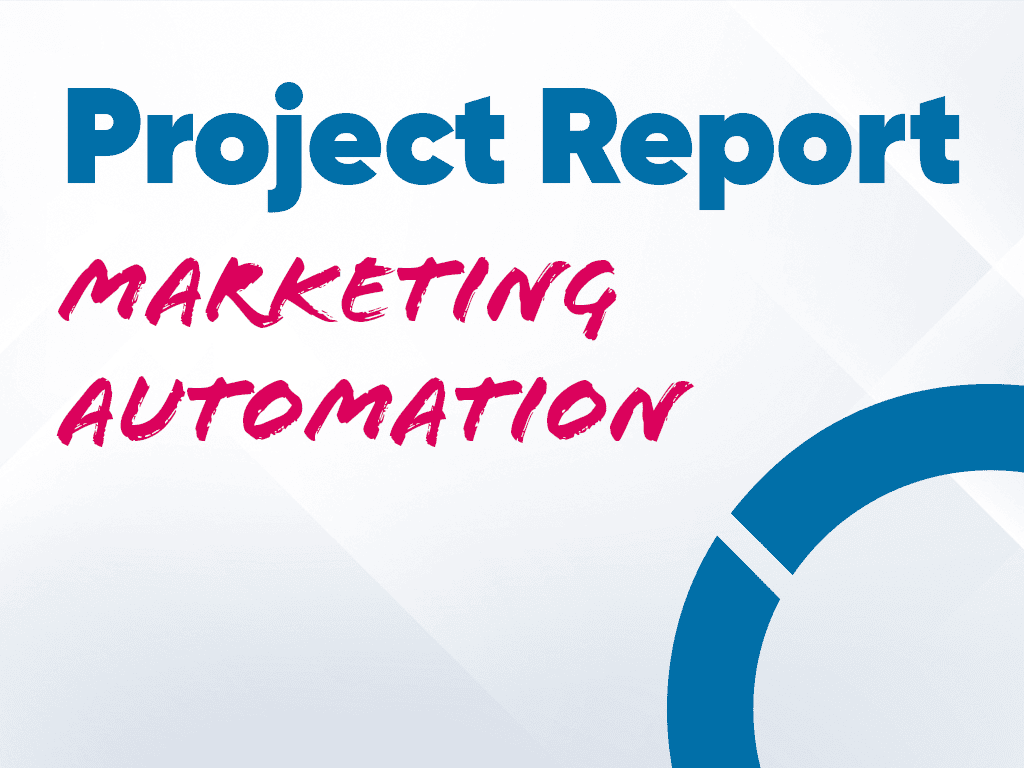THE PROJECT
A Swiss retail bank with a decentralized organizational structure focused on local markets has an excellent customer base and long-standing customer relationships. However, significant disadvantages of this organizational form naturally come to light in centrally controlled processes, such as large-scale marketing campaigns. In this project, the focus was precisely on these. The efficiency of the campaigns, and even the entire sales process, suffered from a heterogeneous understanding of what a “lead” is and when it is worthwhile to send it to a sensibly defined group of customers via a suitable channel. Furthermore, there was no standardized process for identifying, developing and playing out leads. Several systems had to be accessed during processing and a consistent view of the lead process was not available. In practice, this led to inefficiencies in customer interaction, a high level of manual effort when following up and a lack of transparency in sales management.
The basis for an efficient marketing automation solution is the standardization of the lead process and the creation of a globally valid phase model. The so-called “lead stage model” is implemented across all systems involved in the lead process in order to obtain a uniform view of the entire process. Leads from different sources are developed and evaluated using a standardized process and transferred to the next lead stage when a predefined level of maturity is reached. A key success factor here is the integration of the marketing automation solution into the analytics infrastructure and the CRM system. While analytics prepares data from various sources and enriches it with information, marketing automation harmonizes the data, defines the processes and executes the campaigns and customer journeys.
OUR CONTRIBUTION
abaQon supported the customer in all project areas – from solution design and coordination of implementation to production handover. The challenge was to harmonize the business processes and integrate them consistently into the system landscape involved. Our approach can be divided into three steps:
1. Analysis
As an initial step, the client’s organizational units, their roles and requirements in the project were analysed. All possible lead sources were then analyzed and a decision was made together with the customer as to which lead sources should be used to obtain raw data in the future. Both the data infrastructure and the actual processes had to be understood and analyzed in detail. We then evaluated existing personalization, product and sales attributes in order to define suitable use cases and customer journeys and carry out a toolevaluation.
2. Design
Once the analysis was complete, we began to define a global lead management process including a lead stage model that is able to evaluate leads from different sources and develop them accordingly once a predefined threshold value is reached, i.e. trigger further actions in a targeted manner. Triggers, a tracking and a monitoring system were then defined and a personalization logic developed. Finally, the connection, layout and logic for analytics and CRM systems were designed together with the customer.
3. Integration
After final approval of the concept, the development of the designed solution was started in which abaQon acted as coordinator of the various development units (internal and external) and product partners. Furthermore, abaQon ensured the consistent implementation of the developed concept as well as the development of a set of rules and automation processes. Finally, we took over the end-to-end testing and carried out the rollout and handover of the newly developed system to the customer.
REALISED ADDED VALUE
Already during the first project phase, significant optimizations could be realized:
- The standardised lead process made the sales performance transparent and measurable.
- Through data-driven target group selection, a higher level of customer interaction could be achieved on the content delivered to target customers.
- Behavior-based lead triggers have led to higher completion rates for manual follow-ups.
Project Responsibility

